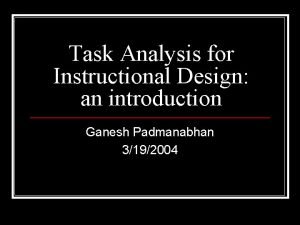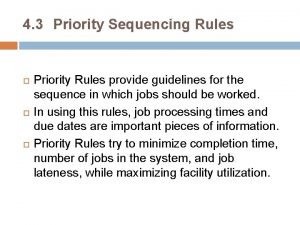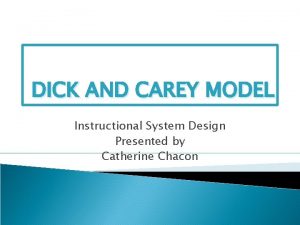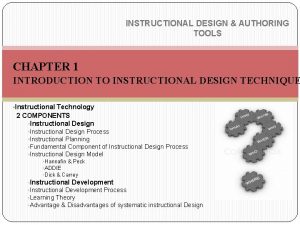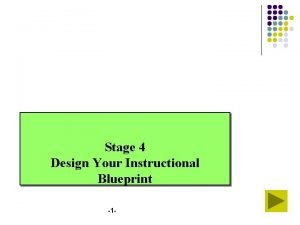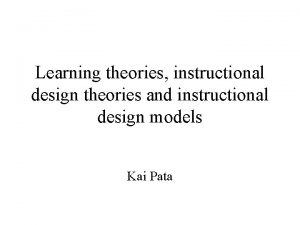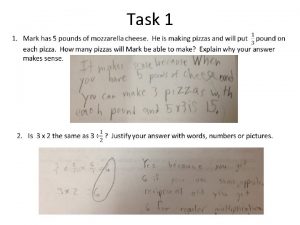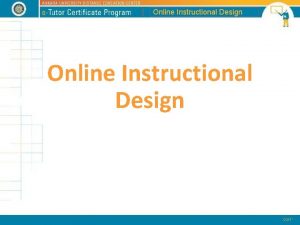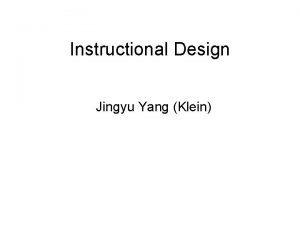Instructional Sequencing and Task Design Part 2 P








- Slides: 8

Instructional Sequencing and Task Design – Part 2 P. Sebastian (Brandl)

Modes of Communication O Interpersonal – two way negotiation O Interpretive – one way reception and process of message O Presentational – one way delivery of message

Analysis and Discussion O Read description on p. 192 and discuss

Brandl’s Guidelines O Introduce one thing at a time O Depends on cognitive level of learner O Move from nonlinguistic to linguistic output O Raising hands, pointing, acting out, drawing, etc. O Move from words to sentences to connected discourse O Preview of ACTFL proficiency guideline

Brandl’s Guidelines – Cont. O Break down the activity into manageable subtasks O Scaffolded subtasks that lead to more complex language use O Allow for ample preparation and planning time O (and execution time) O Allow for student collaboration to work on tasks O This can be achieved through paired and small group work

Brandl’s Conclusion O “…it is difficult to promote a universal framework of a language lesson design that meets all language learners to the same degree. Besides, lessons have different goals and learners vary in their aptitude. Ultimately, it remains for the teacher to decide how to scaffold lesson tasks, when to insert additional lesson steps, modify or skip a lesson task, in preparation for or even while teaching a lesson. ” -Brandl (p. 202)

Prof. Sebastian’s Conclusion O With regard to instructional sequencing and task design, remember the following: O Scaffold learning experiences (think about phases and drill O O O progression) Move from input to output (nonlinguistic to linguistic; this also helps to with learner anxiety) Move from pedagogical to real-world tasks Organize information into cohesive themes when possible (vocabulary topics for example) Think about learner level, complexity of content, and complexity of task (have clear instructions and model particularly complex tasks for students before they engage) One size does not fit all (be ready to adapt, change, and adjust from one class period to the next and even within the same class period if needed.

